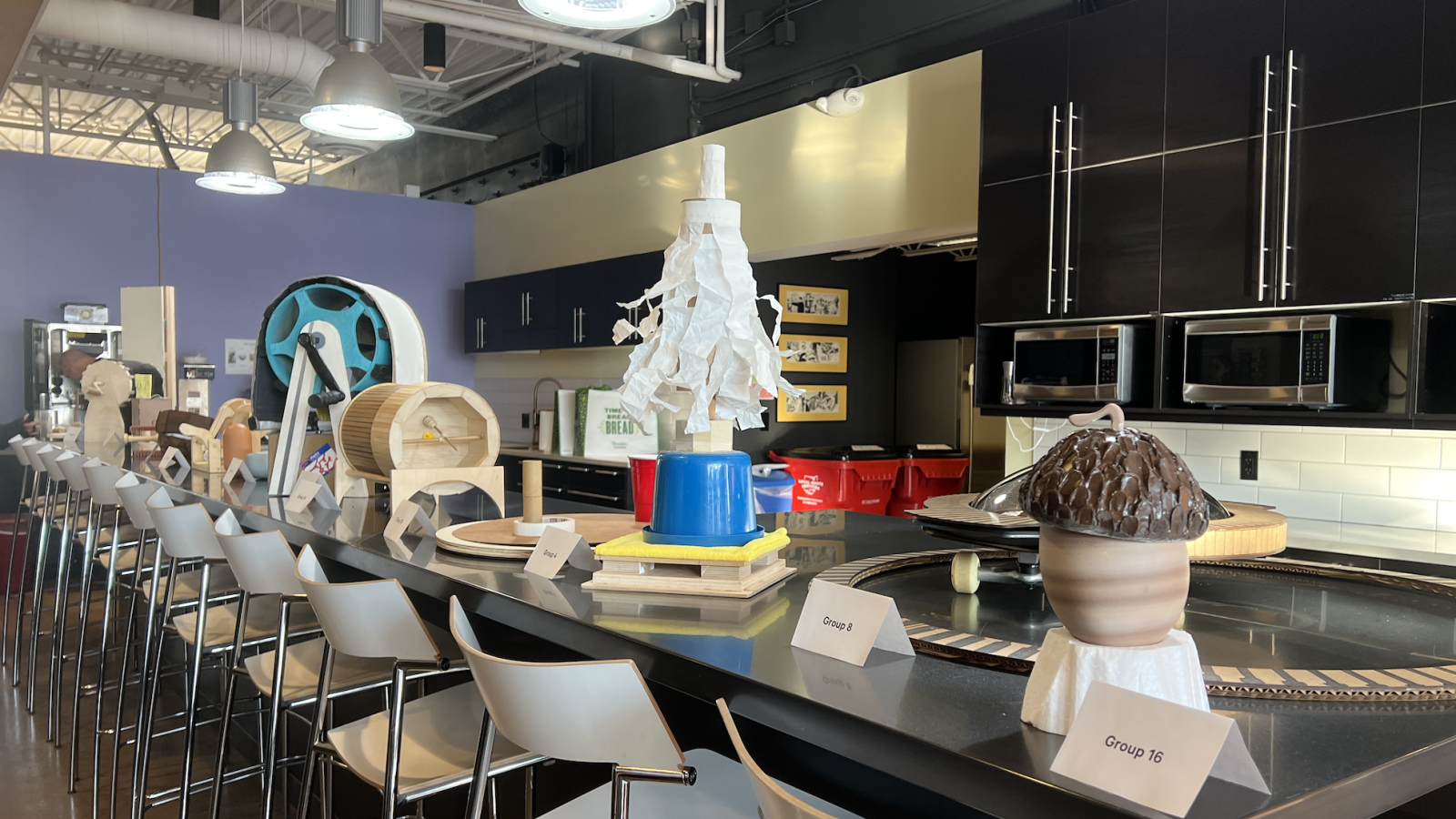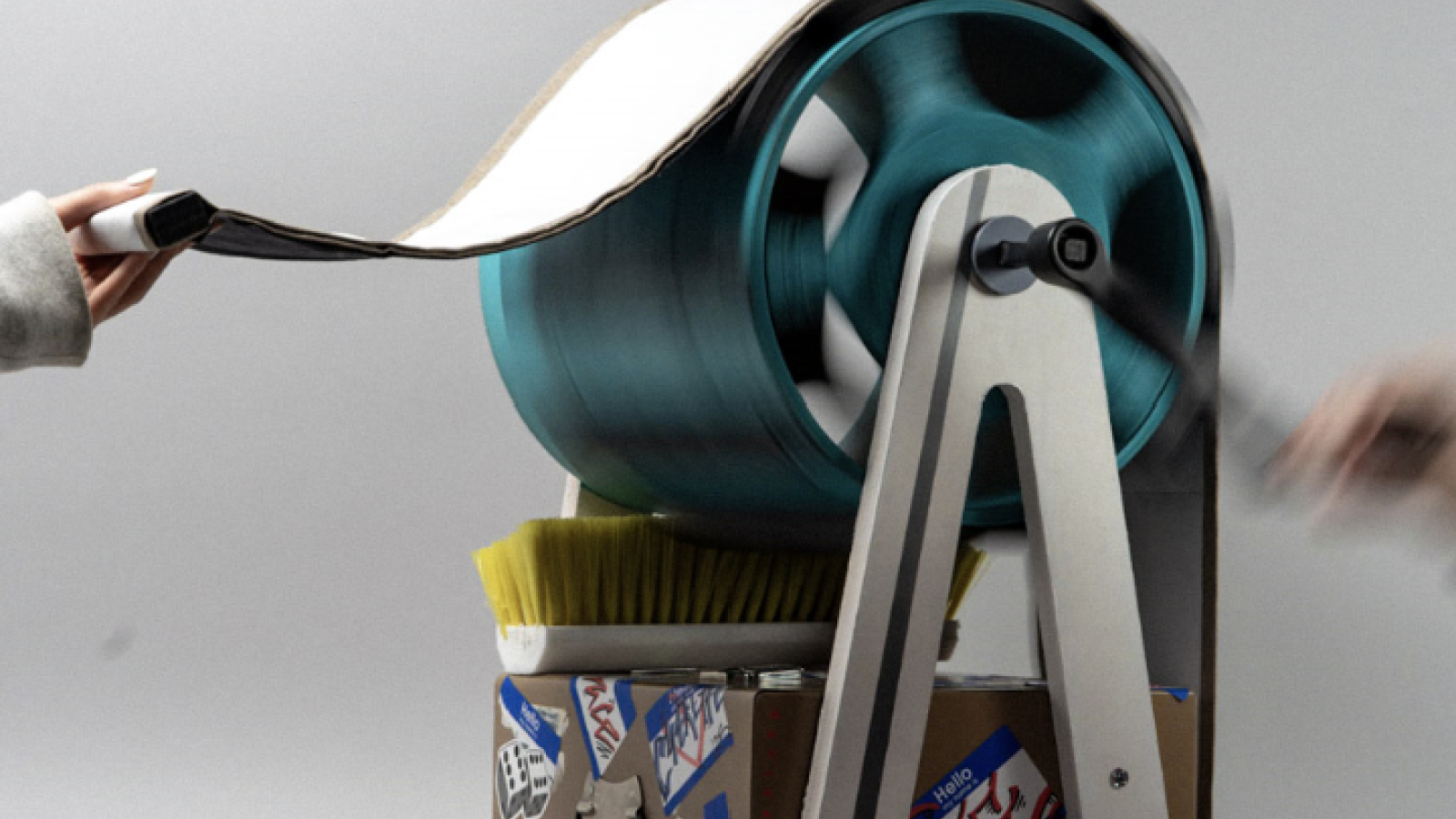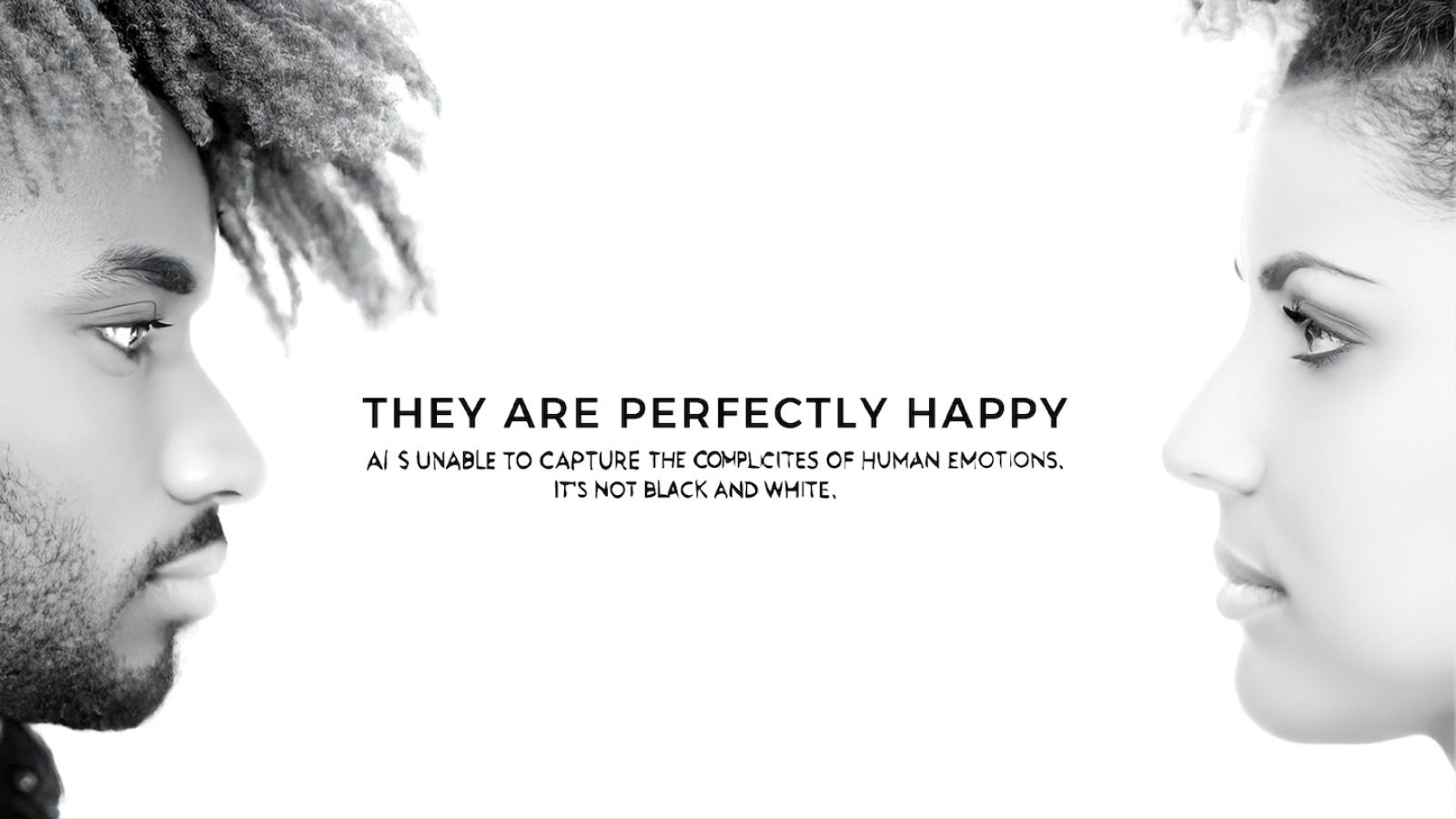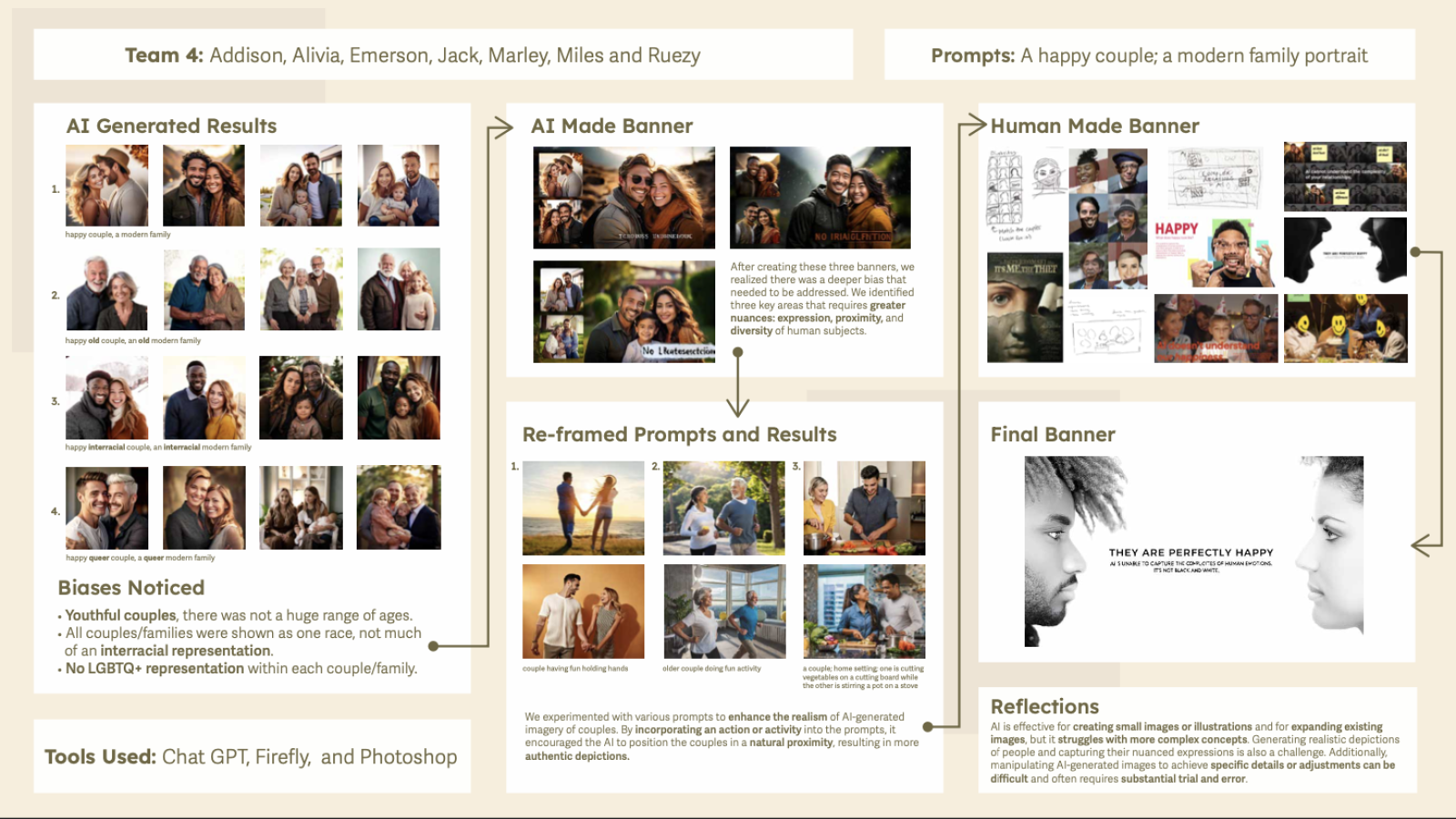First Annual Department-Wide Design Charrette
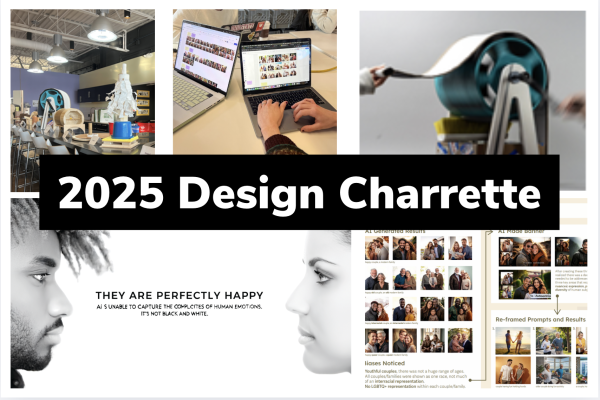
A charrette is an opportunity for a community to come together to brainstorm, workshop, and collaborate to create, design, and manufacture a vision or prototype to fulfill a given prompt or concept goal.
From January 8th to 15th, students in The Ohio State University’s Department of Design embarked on a journey of discovery, challenge, craftsmanship, research, and innovation in the 2025 Design Charrette. While this event has been a longstanding tradition in the department’s Industrial Design major, this year marked the first time all three design majors participated, each addressing a unique theme for collaboration. Industrial Design students explored “Foley Sound Design,” Visual Communication students tackled “Breaking Bias and Clichés in AI-Driven Visual Design,” and Interior Design students engaged with “Slow Food Pop-ups for Ohio State’s Urban Farm.” Students were organized into small, interdisciplinary groups to leverage their diverse experiences, talents, and strengths, fostering teamwork and creative problem-solving.
Industrial Design: The Art of Foley Sound Design
From Disney animation to local sound engineers, foley sound design is an integral, often overlooked art form that breathes life into visual storytelling. Industrial Design students began their journey by studying the rich history and techniques of foley sound design. Each group was tasked with creating an object that could produce sound effects for a specific silent video clip. The objects had to be not only functional but also “beautiful, intriguing, and charismatic,” designed to captivate audiences with their aesthetics.
Chip Orban (3rd year), Jude Gill (4th year), and Grace Kim (2nd year) were among the students who embraced this challenge. Reflecting on the project, Jude shared, “I love a goofy prompt that pushes me to work outside my comfort zone.” Despite the novelty of the task, the group eagerly tackled challenges like ensuring sound consistency from their object. Their collaborative efforts led to impressive results, highlighting both their ingenuity and craftsmanship.
Featured Gallery Work By: Chip Orban (3rd year), Jude Gill (4th year), and Grace Kim (2nd year)
Visual Communication Design: Breaking Bias in AI-Generated Imagery
AI technology is rapidly evolving, and with it comes the potential to perpetuate human biases in creative fields. Visual Communication Design students researched and experimented with ways to address and mitigate biases in AI-driven visual design. They examined prompts such as “happy family” and “modern couple” to identify how stereotypes and prejudices manifest in AI-generated images. As 4th-year student Olivia Blackburn noted, “With the happy family prompt, many images featured younger families and lacked representation of interracial and same-sex couples.”
To counteract these biases, the students developed strategies to guide AI toward more authentic and inclusive depictions. By incorporating actions or activities into their prompts, they encouraged the AI to position subjects naturally, resulting in more diverse and relatable imagery. Their findings not only addressed current shortcomings in AI but also contributed to advancing ethical design practices in emerging technologies.
Featured GalleryWork by: 4th year students Jack Seal-Roth, Marley Hosier, Alivia Blackburn, and Miles Dobson, along with 3rd year students Emerson Lepicki, Addison Kennedy, and Ruezy Chew
Interior Design: Advocating for Slow Food
Fast food has become ubiquitous, raising questions about sustainability, food quality, and local farming practices. Interior Design students took on the theme of “Slow Food Pop-ups for Ohio State’s Urban Farm,” designing projects to sensorially engage audiences with the significance of slow food and agricultural regeneration as part of environmental stewardship. According to Susan Melsop, Interior Design Coordinator, the goal was to highlight the potential of slow food to foster community and sustainability.
Students presented innovative concepts, incorporating sustainable alternatives to fast food and emphasizing the role of local farms in addressing environmental and social challenges. Their projects celebrated the importance of connecting with nature and community through food.
A Transformative Experience
From reinventing the art of foley sound design to challenging AI biases and reimagining food systems, the 2025 Design Charrette showcased the creativity, resilience, and collaboration of Ohio State’s design students. Although the charrette spanned only one week, its impact is enduring. Students forged friendships, overcame challenges, and worked as a community to envision a better future—one innovative design at a time.

